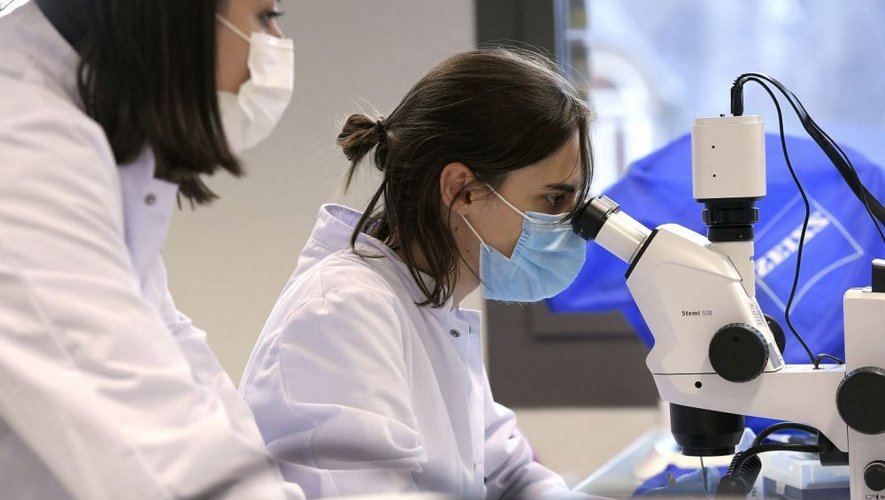Delta, Omicron, BA.2… New variants of SARS-CoV-2 have appeared in recent months. Scientists closely scrutinize the appearance of new mutations and hypothesize that these mainly originate in immunocompromised people.
Is there a link between patients with weakened immune systems and SARS-CoV-2 mutations? For several months, the epidemiological surveillance of Covid-19 variants has undoubtedly been at the center of the strategy to combat the virus. The scientific community is studying the evolution of the virus by paying close attention to three factors: its transmissibility, its virulence and its ability to resist vaccine immunity.
Read also :
Covid-19: transmissibility, resistance to vaccines… In BA.4 and BA.5, mutations that raise questions
In December 2021, the Omicron variant and its thirty mutations, spotted in South Africa, were at the center of attention. To explain the appearance of this new strain, the researchers analyzed the infection process in immunocompromised patients: « These variants may have managed to evolve in immunocompromised individuals, because the virus was able to persist long enough to achieve this. « says Dr Luke Blagdon Snell, a researcher at King’s College of London and Guy’s and St Thomas’ NHS Foundation Trust.
Mutations during replication
In practice, a virus mutates when it infects an organism. When it enters a cell, a virus replicates: it copies itself to spread. With each replication, errors occur in the copy of the virus genome, like a computer « bug ». But this error can have a greater or lesser impact on the way the virus behaves. This mutation can be « favorable » to the virus (it helps the virus to survive better), or « unfavorable » (it weakens it).
Read also :
Covid-19: new variants, vaccination at half mast … Why we must fear a new wave of contamination in the fall
Scientists at King’s College London have taken a close look at this mechanism in immunocompromised people. From March 2020 to December 2021, they selected a panel of several patients who had a weakened immune system, either due to organ transplantation, HIV, cancer or due to medical treatments for d other illnesses.
Nine of these patients were infected with the virus and five of them developed a mutation after infection. Some mutations were even associated with variants of concern, such as Delta, Alpha, or Omicron. « This provides evidence that the mutations found in the variants of concern occur in immunocompromised patients and supports the idea that new variants may develop in them, » continues Dr. Luke Blagdon Snell.
A patient contaminated 505 days
How to explain this phenomenon ? According to the scientists, this could be linked to the duration of contamination. In immunocompromised patients, the virus is likely to remain in the organisms for several weeks, sometimes even several months. According to a press release from the European Congress of Microbiology and Infectious Diseases, a London patient was thus contaminated for nearly 505 days, until his death.
Read also :
Covid-19: 60% of patients still have symptoms a year later
« During this entire period, the virus can accumulate a whole series of mutations and create a variant », explains Morgane Bomsel, virologist at the CNRS and the Cochin Institute, to France 24. During this process, the virus will gradually keep only the mutations that allow it to continue to reproduce and resist.
According to Dr Gaia Nebbia, co-author of the study from King’s College of London, « it is essential to develop new therapeutic strategies for these patients in order to eliminate the infection as soon as possible. […] This could prevent the appearance of new variants. »
South Africa, fertile ground for variants?
During the pandemic, many variants were detected in South Africa. Before the detection of Omicron, two of them had even taken the name, since modified, of « South African variants »: the Beta and the « C.1.2. ». If this can be explained by the fact that the country carries out a lot of sequencing tests, the theory of immunosuppression can also be put forward in the African case.
In South Africa, seven million people have been affected by AIDS (nearly 12% of the population). The percentage of people treated remains particularly low: only 57% of the sick population in 2017.

